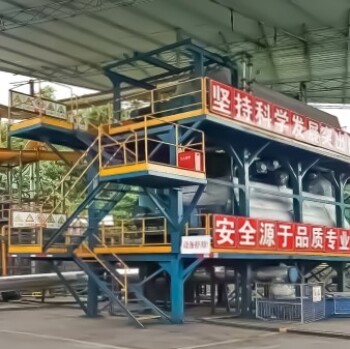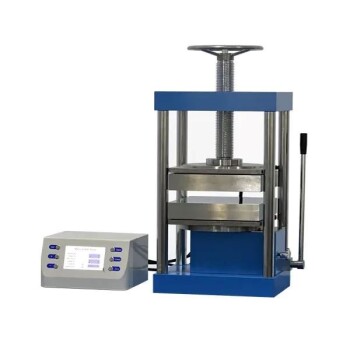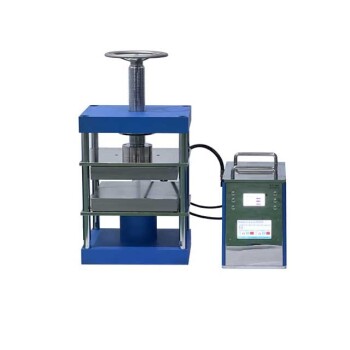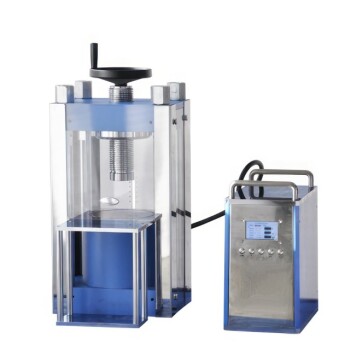The primary difference between slow and fast pyrolysis lies in the speed of the process, the temperature, the residence time, and the main products produced. Slow pyrolysis takes several hours to complete and primarily yields biochar, while fast pyrolysis is completed in seconds and produces bio-oil, biochar, and syngas in significant quantities.
Slow Pyrolysis:
- Speed and Residence Time: Slow pyrolysis is a prolonged process that can take several hours to complete. The residence time for both solids and gases is longer, with gas residence times potentially exceeding five seconds and biomass residence times ranging from minutes to days.
- Temperature and Heating Rate: This process operates at lower temperatures and slower heating rates. The heating temperatures range from 0.1 to 2 °C per second, and the prevailing temperatures are around 500°C (932°F).
- Products: The main products of slow pyrolysis are tar and char. The biomass undergoes slow devolatilization, and subsequent repolymerization or recombination reactions occur, emphasizing the solid charcoal as the primary product.
Fast Pyrolysis:
- Speed and Residence Time: Fast pyrolysis is a rapid process that completes in seconds. It has a short residence time for vapors, typically less than 2 seconds.
- Temperature and Heating Rate: This process involves rapid heating of biomass to high temperatures, ranging from 650 to 1000 °C (1202 to 1832 °F), depending on the desired amount of bio-oil or gas products.
- Products: Fast pyrolysis yields a significant amount of bio-oil (up to 60%), along with biochar (20%) and syngas (20%). The emphasis is on the production of liquid bio-oil, which is a valuable product for various industrial applications.
In summary, slow pyrolysis is optimized for the production of biochar through a slow and low-temperature process, while fast pyrolysis is designed to maximize the production of bio-oil and gases through a rapid and high-temperature process.
Discover the advanced pyrolysis solutions that can transform your biomass into valuable biofuels with KINTEK SOLUTION. Our cutting-edge equipment, tailored for both slow and fast pyrolysis processes, ensures optimal yield and product quality. Unlock the potential of your biomass today – choose KINTEK SOLUTION for unrivaled efficiency and precision in pyrolysis technology!












